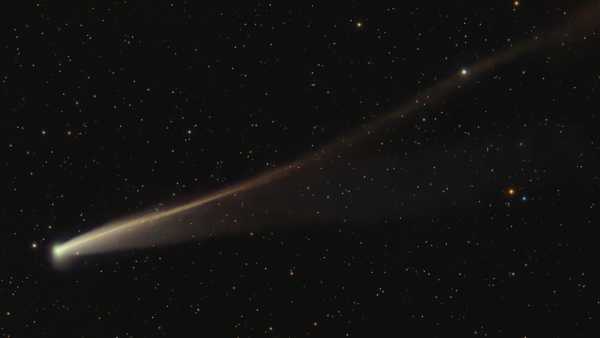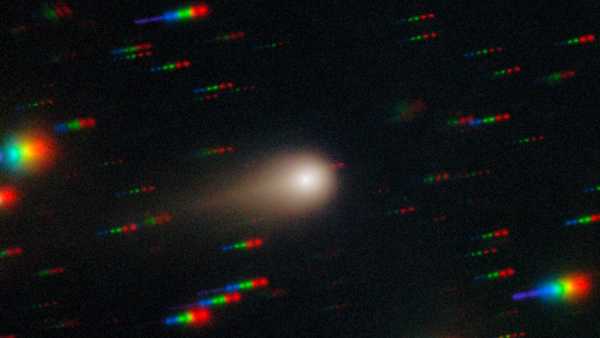
An illustration of a black hole tearing a star apart. (Image credit: NASA/JPL-Caltech)
The Milky Way contains millions of small black holes and one giant supermassive black hole at its center. But are there mid-sized black holes in our galaxy? New research suggests the answer is yes: There may be a dozen such objects in the Milky Way, but they are floating around in space and extremely difficult to detect.
For decades, scientists have wondered how common intermediate-mass black holes (IMBHs) are. Certainly, each galaxy is capable of creating a huge number — perhaps several per century — of small black holes with masses of up to 100 solar masses or so. It also seems that when galaxies like the Milky Way first appeared in the universe, they already had companion supermassive black holes at their centers. Our own supermassive black hole, Sagittarius A*, has a mass of 4.5 million solar masses.
But what about IMBHs? Theoretically, their mass should range from 10,000 to 100,000 solar masses. Finding IMBHs or disproving their existence has huge implications for our understanding of the growth and evolution of black holes. However, so far there is only tenuous, fragmentary evidence that IMBHs are found in dwarf galaxies, and no direct evidence for their existence in a galaxy like the Milky Way.
You may like
Sourse: www.livescience.com





